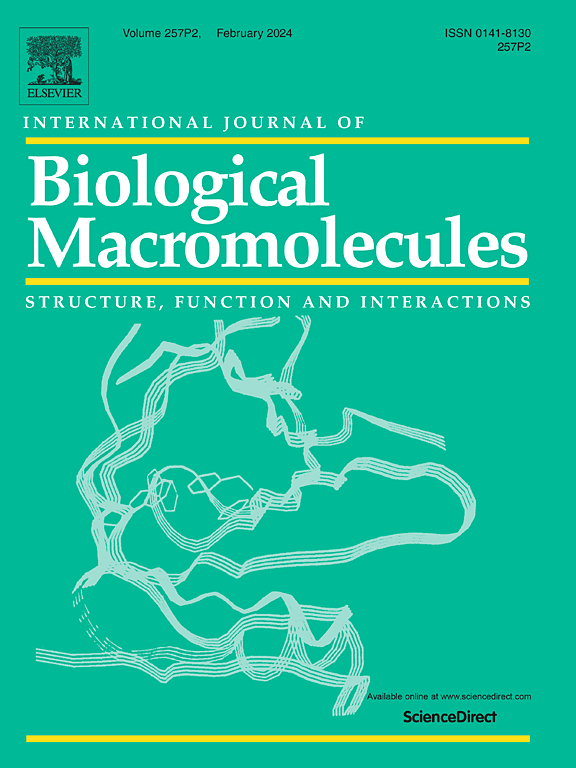在结核病治疗中靶向 II 型 NADH 脱氢酶:综述
IF 8.5
1区 化学
Q1 BIOCHEMISTRY & MOLECULAR BIOLOGY
International Journal of Biological Macromolecules
Pub Date : 2025-04-26
DOI:10.1016/j.ijbiomac.2025.143541
引用次数: 0
摘要
结核病是一个严重的全球卫生问题,继续对全世界人口造成重大伤害,耐药结核病菌株的日益流行加剧了有效治疗方面的挑战,强调迫切需要开发具有创新作用机制的新治疗剂。贝达喹啉的引入强调了靶向结核分枝杆菌(Mtb)能量代谢作为一种新的抗结核策略。在结核分枝杆菌代谢途径中的各种靶点中,II型NADH脱氢酶(NDH-2)由于其在细菌呼吸中的关键功能和在人类细胞中的缺失而具有特别重要的意义,使其成为选择性抑制的一个有吸引力的候选物。最近的进展导致了许多NDH-2抑制剂的鉴定,其中一些在纳摩尔浓度下表现出强大的抗菌活性,表明它们有潜力作为未来药物开发的先导化合物。本文综述了NDH-2的生化功能和分子结构,强调了其作为抗结核治疗靶点的潜力。它还讨论了在发现和优化NDH-2抑制剂方面取得的进展,提供了对其作用机制、功效和药理学性质的见解,目的是提供概述,以便为未来开发更有效的结核病治疗方法的研究工作提供信息和指导。本文章由计算机程序翻译,如有差异,请以英文原文为准。
Targeting type II NADH dehydrogenase in tuberculosis treatment: A review
Tuberculosis (TB), a critical global health issue, continues to impose significant harm on human populations worldwide, and the increasing prevalence of drug-resistant TB strains has exacerbated the challenges in effective treatment, underscoring an urgent need for the development of new therapeutic agents with innovative mechanisms of action. The introduction of bedaquiline highlights targeting Mycobacterium tuberculosis (Mtb) energy metabolism as a novel anti-TB strategy. Among the various targets within Mtb's metabolic pathways, type II NADH dehydrogenase (NDH-2) is of particular significance due to its critical function in bacterial respiration and its absence from human cells, rendering it an appealing candidate for selective inhibition. Recent advances have led to the identification of numerous NDH-2 inhibitors, some of which exhibit potent antibacterial activity at nanomolar concentrations, demonstrating their potential as lead compounds for future drug development. This review explores the biochemical function and molecular structure of NDH-2, underscoring its potential as a target for anti-TB therapies. It also discusses the progress made in discovering and optimizing NDH-2 inhibitors, offering insights into their mechanisms of action, efficacy, and pharmacological properties, with the aim of providing an overview that could inform and guide future research efforts towards developing more effective treatments against TB.
求助全文
通过发布文献求助,成功后即可免费获取论文全文。
去求助
来源期刊
CiteScore
13.70
自引率
9.80%
发文量
2728
审稿时长
64 days
期刊介绍:
The International Journal of Biological Macromolecules is a well-established international journal dedicated to research on the chemical and biological aspects of natural macromolecules. Focusing on proteins, macromolecular carbohydrates, glycoproteins, proteoglycans, lignins, biological poly-acids, and nucleic acids, the journal presents the latest findings in molecular structure, properties, biological activities, interactions, modifications, and functional properties. Papers must offer new and novel insights, encompassing related model systems, structural conformational studies, theoretical developments, and analytical techniques. Each paper is required to primarily focus on at least one named biological macromolecule, reflected in the title, abstract, and text.

 求助内容:
求助内容: 应助结果提醒方式:
应助结果提醒方式:


